What are R-Controlled Vowels?
An R-controlled vowel is any vowel that is influenced by the ‘r’ that follows it. The vowel combined with the ‘r’ forms a syllable in which the ‘r’ alters the sound of the vowel. In other words, the ‘r’ controls how the vowel behaves and hence the name “r-controlled vowels”. For the same reason it is also referred to as the “bossy r”.
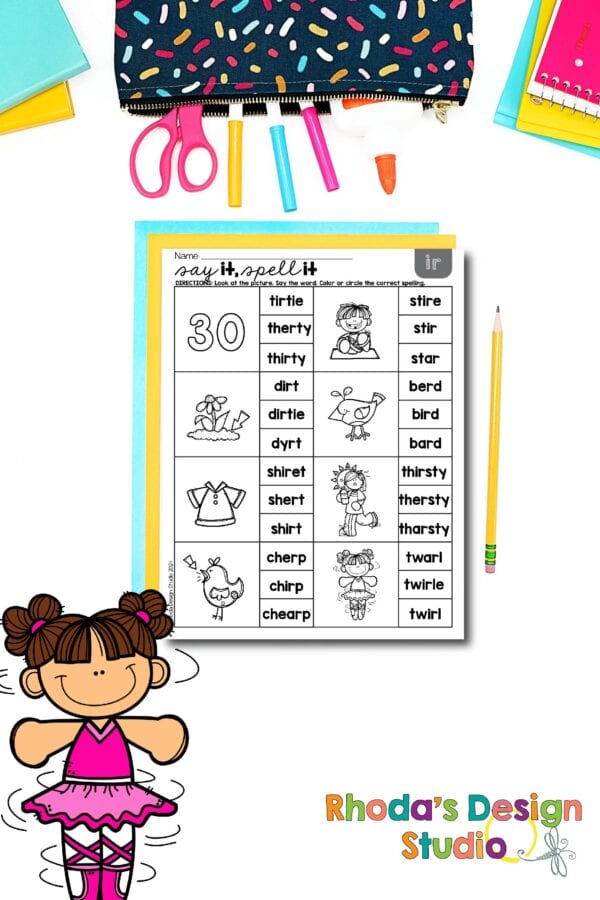
An r-controlled vowel is a type of syllable – one of 6 types, the others being closed syllable, open syllable, vowel-consonant-e syllable, diphthong (vowel team) syllable, and consonant Le syllable.
Some examples of r-controlled vowels
Just note that it needn’t necessarily be a single vowel that’s being controlled. It could be a vowel combination or a vowel team as well. Now let’s examine a few r-controlled vowels and understand why it’s important to introduce this to children as a separate topic.
| Vowel | Normal vowel sound | R-controlled vowel sound |
| a | cat, mat, bat | car, bar, far |
| e | pet, ten, shell | her, over, per, ever |
| i | fit, sit, lip | fir, sir, stir |
| o | lot, pot, hop | fort, horn, fork |
| u | cup, nut, put, | fur, turn, surf |
| Vowel teams | ||
| ea | bean, meat, seat | bear, tear fear, sear |
| ai | Main, stain | air, fair, hair |
| ou | out, pout soup, coup | pour our, sour tour |
| oo | coop, spoon, hoot | poor, moor |
It is clear that the presence of the “bossy r” changes the sound of the vowel. As you can see, things only get more complex and non-intuitive once we get to vowel teams with multiple representations.
Why it’s important to teach r-controlled vowels
R-controlled words have the potential to confuse children who are just learning to read. It challenges their existing understanding of vowel sounds. Therefore, it’s essential that they learn to recognize r-controlled words and get familiar with the change in vowel sounds through practice.
Besides, r-controlled words account for nearly 10% of single syllable words – not something to be ignored. This intervention is quite necessary to help children make a crucial progression in their reading skills. It is observed that children who don’t go through the r-controlled vowels drill tend to mispronounce or misspell these words.
How to teach kids R-controlled vowels
We have demonstrated a simple and logical progression to help your students gain mastery over r-controlled vowel sounds.
1 Syllable Words
A good place start is the top of the “a, e, i, o, u” vowel list with the letter a. The child has to systematically master the phonics of “ar”, “er”, “ir”, “or”, and “ur”. Choose words with a single representation such as “ar”. “Ar” is a simple sound and easy to get familiar with followed by “or”.
- AR words: Car, bar, far, part, hard, start, arm, jar, dark, farm, Mark, star, yard, spark, yarn.
- ER words: Her, verb, herd, perm, fern, term, Bert, perch, germ, clerk, jerk, stern, per, serve, nerve.
- IR Words: Bird, girl, first, third, sir, shirt, dirt, birth, firm, stir, skirt, whirl, thirst, twirl, flirt.
- OR Words: Corn, for, or, born, north, horse, torn, short, shorty, sort, storm, force, horn, form, york.
- UR Words: Nurse, turn, fur, hurt, church, purse, burst, burn, curve, curb, urge, curl, surf, blur, burnt.
Phonics instruction of “er”, “ir” and “ur” words are introduced later and often bundled together because they all make the same sound as “er”. Naturally, children tend to struggle with spelling these words intuitively from sound alone. Therefore, they’re going to need plenty of practice with these three sounds.
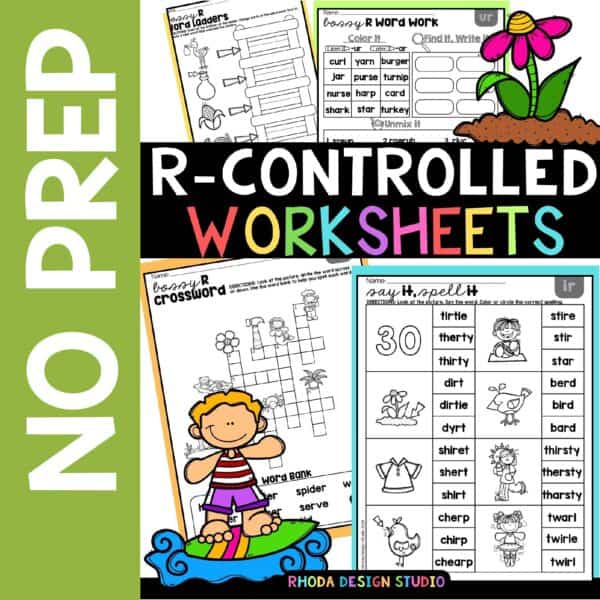
R-controlled vowel teams
Once all the vowels are covered it’s time for you to introduce the more complex and less common words. The r-controlled vowel combinations “ear”, “oor”, “our”, etc. each have several sound representations. This may not be as easy as it sounds. For example, as you advance through the lessons be prepared to explain to the child why “ear” sounds different in “hear” and “heart”.
2+ Syllable Words
- AR words: Target, market, harbor, carbon, party, cargo, artist, partner, garbage, Marvin, carpet, farmer, army, pardon, carnival.
- ER words: Butter, otter, sister, ever, copper, person, herself, perfect, observe, determine, Jersey, concern, expert, desert, servant.
- IR Words: Birthday, circus, dirty, thirteen, thirsty, swirling, girlfriend, confirm, virtual, thirty, affirm, birdcage, skirmish, squirting, circle.
- OR Words: Forest, order, corner, story, forty, morning, orbit, orange, scornful, Florida, support, accord, normal, report, afford.
- UR Words: Turkey, purple, turtle, return, further, furniture, occur, disturb, murmur, purpose, Thursday, nursery, burden, current, burger.
Visual cues and repetition
Ultimately, there’s an element of rote memorization and visual memorization involved in getting past this skill level. Make sure your students have the opportunity to see the word in different ways and different places, along with a picture of the object it refers to. Encourage ample repetition. Over time r-controlled vowel words must turn into sight words.
Adopt a compare and contrast method of instruction
This is the method that we demonstrated in the table above that compares and contrasts vowel sounds with and without the “bossy r”. Start with a CVC word. Take the example of “a”. Make a list of CVC words with the short vowel ‘a’, as in ‘bat’, ‘cat’, and ‘tap’. Stress on the shortness of the sound that “a” makes in these words.
Now replace the ending consonant with “r” and show how the “r” alters the sound made by “a”. Repeat how “bat” becomes “bar”, “cat” becomes “car” and “tap becomes “tar”, stressing how the sound of vowel “a” gets elongated. This exercise is enough to help them get a hang of the influence of “bossy r”. Repeat this with other lists of CVC/CVCC words using a different vowel each time.
Multi-syllable words
After single syllable words it’s time to practice two-syllable words with ‘ar’, ‘er’, ‘ir’, ‘or’, and ‘ur’ in the first syllable. For e.g., while on ‘ar’ you can practice words like “har-py”, “par-ty”, “star-ry”.
R-controlled vowel exercises and activities
#1 Identify r-controlled vowel words
Level: Beginner
Simply ask the student to go through a short list of words and highlight the r-controlled vowel words. Encourage them to repeat the identified words after you. You can make it a tad trickier by introducing words like “tram”, “crumb”, etc. which have an r preceding the vowel and hence don’t count as r-controlled vowels. Do this with several lists covering the numerous representations of this type of syllable starting from “ar” to complex representations like “ier”, “ear”, “our” etc.
#2 CVC words to r-controlled vowel word transformations
Level: Beginner
This exercise involves starting with a list of CVC words that can turn into a meaningful CVCC r-controlled vowel word. For example, “cat” can turn into “cart” with the inclusion of an “r”. Get the students to read the CVC word aloud. Then get them to insert the “r” at the right place and read the new word aloud with the altered sound.
#3 Match r-controlled vowel words
Level: Beginner to advanced
Take the earlier exercise a step further and play a matching game. The student has to match words with the same r-controlled vowel patter. For example, “turn” in the first list could match with “burp” in the second list. This can be made tough by introducing r-controlled vowel teams with different pronunciations and see if the student is able to identify the right matches based on the knowledge of sound. For example, “bear” matches with “pear” but not with “tear”.
#4 Splitting r-controlled vowels words
Level: Medium to advanced
Teach the child how to split words into syllables and show them how vowels stick together with the “bossy r”. For example, party can be split in par-ty where “par” is the r-controlled vowel syllable. You can introduce longer words with more than one r-controlled vowel. For example, carpenter gets split into “car-pen-ter” or burger to “bur-ger”.
#5 Word construction like Boggle
Level: Advanced
Use scrabble letter tiles for this. Lay out a few consonants including an “r” and a few vowels. Now ask the student to make as many real words as possible using r-controlled vowels. Turn this into a timed game. 3-letter words have 10 points and 4-letter words get 20 points, etc. Each student gets 60 seconds to make as many words. Total the points on all the words to get the final score.
#6 Chutes and Ladders with a twist
Level: Advanced
This is a fun group exercise. To prepare for this game, first name each grid with an r-controlled word instead of numbering them. And play the rest of the game as it is. It’s a great manipulative to get them to practice reading the words and improving their visual memory of the word. If you find a board with not only the r-controlled vowel words, but also their respective images in each grid, nothing like it. Soon you’ll have your students squealing, “oh no! I slid from skirt to park!”, “I jumped three rows to turnip!”, etc.
Free R Controlled Vowels Worksheets
All the methods, progressions and exercises we have discussed above aim towards one essential skill – learning to spell. A good grip on r-controlled vowels will manifest in good reading skills at first. Ultimately, students’ ability to correctly spell words with r-controlled vowels is of the essence. Take a simple example – when asked to spell “bird” the student should know that “berd” and “burd” don’t cut it. Similarly, they learn to recognize that “perch” and “lurch” have the same vowel sound made from different vowels. No doubt, this is a skill that improves over time. However, as you may have realized by now, systematic instruction of r-controlled vowels is a crucial part of phonics learning.
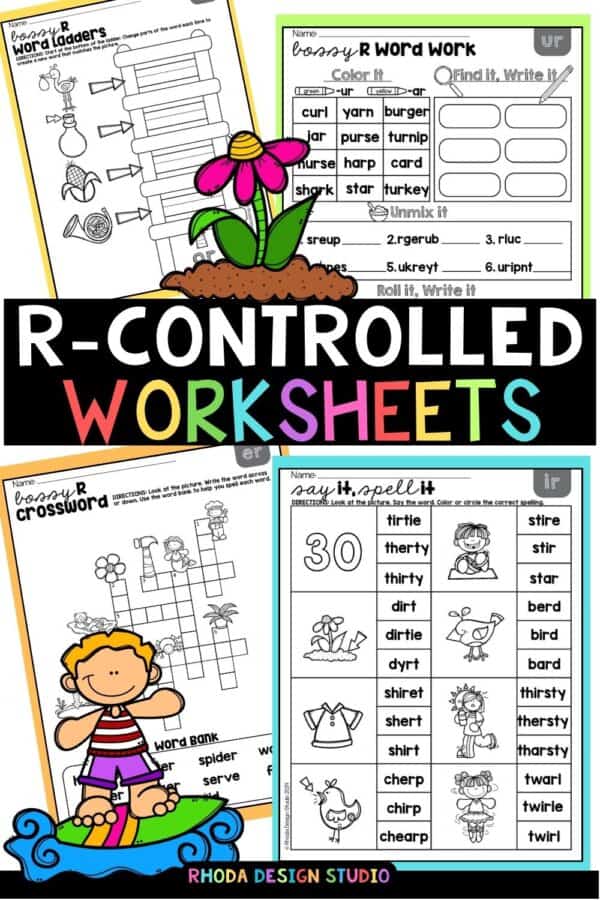

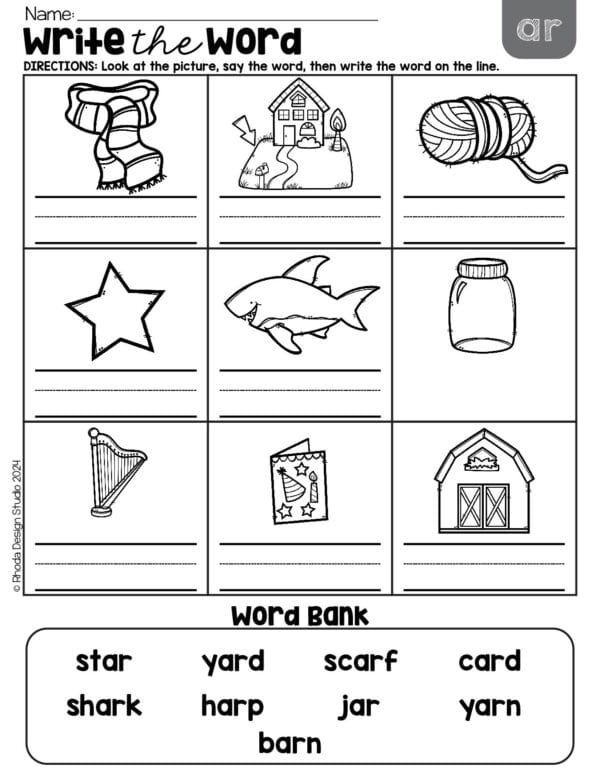
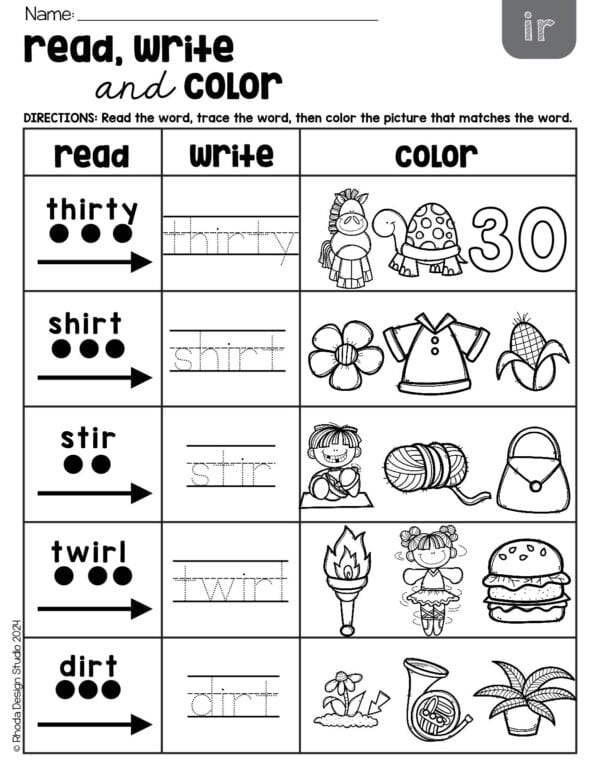
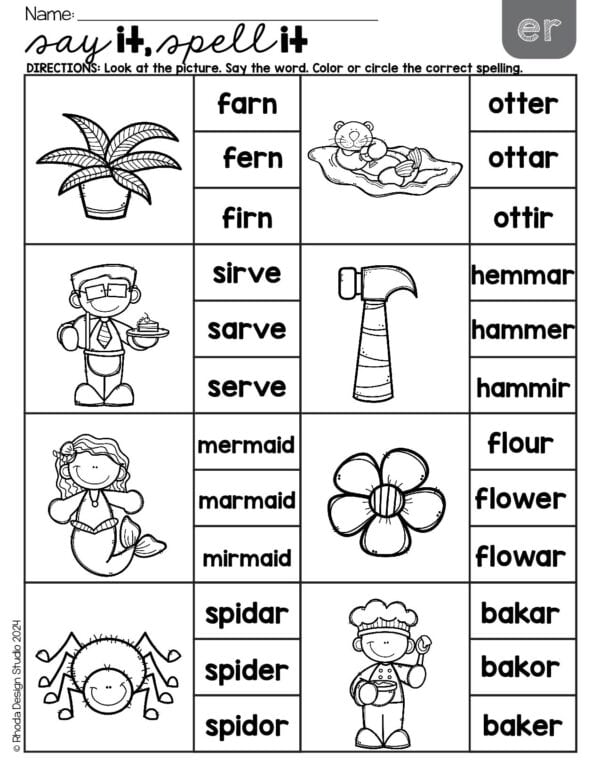
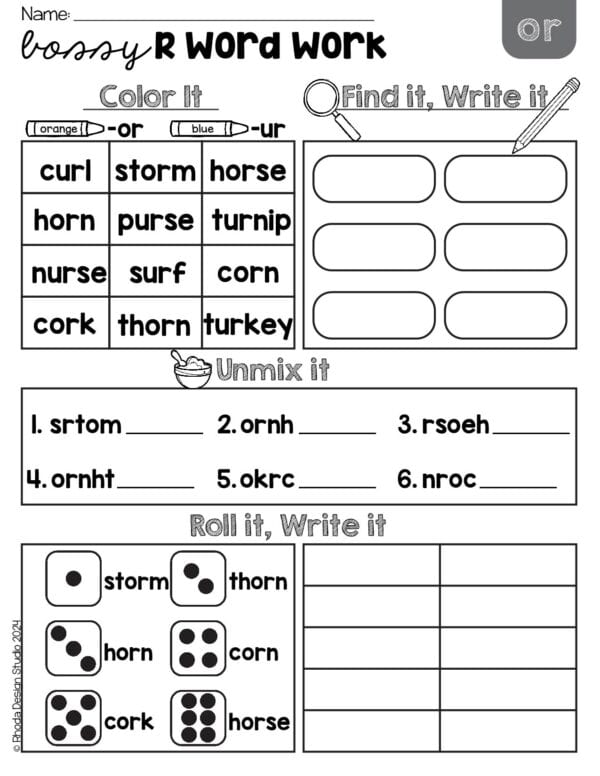
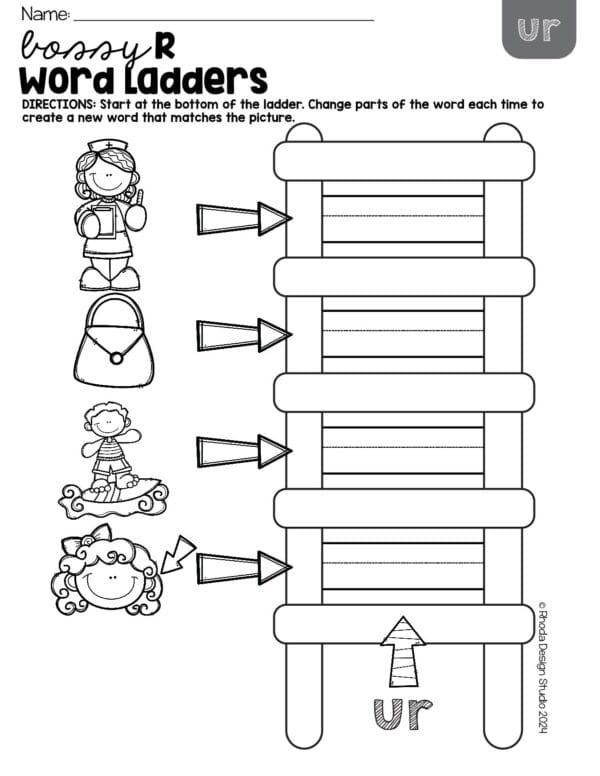
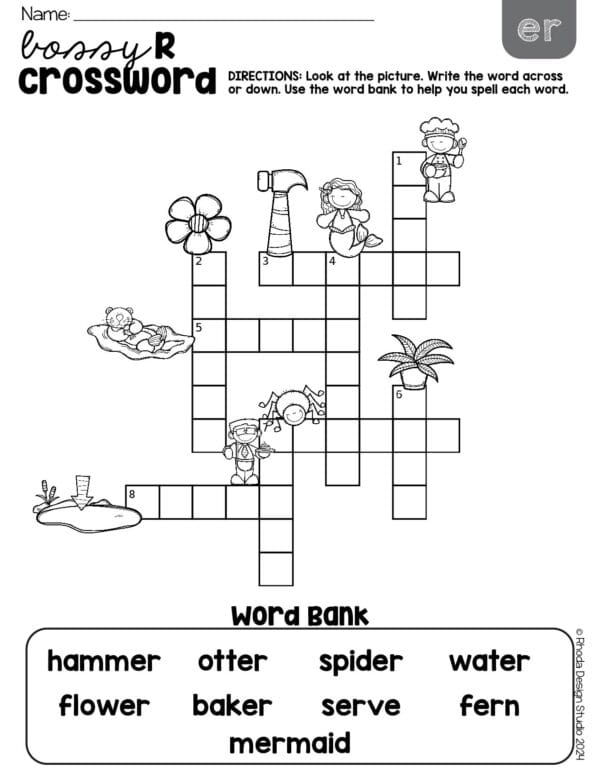
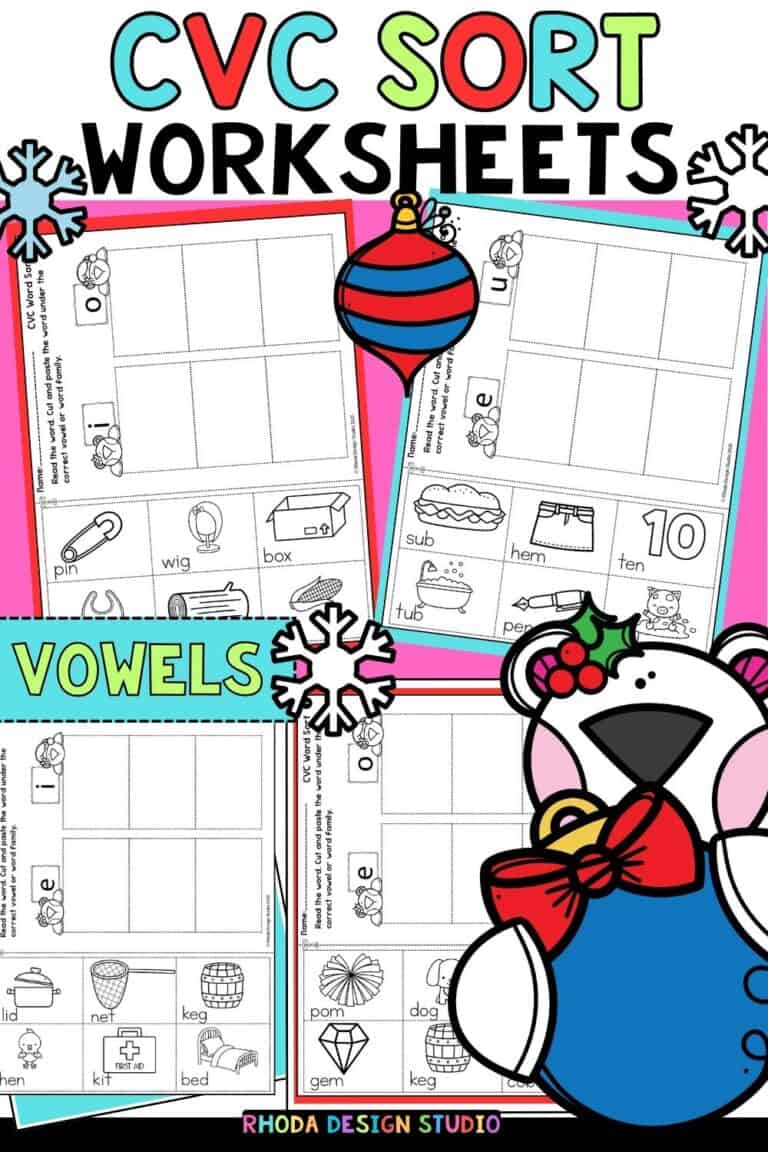
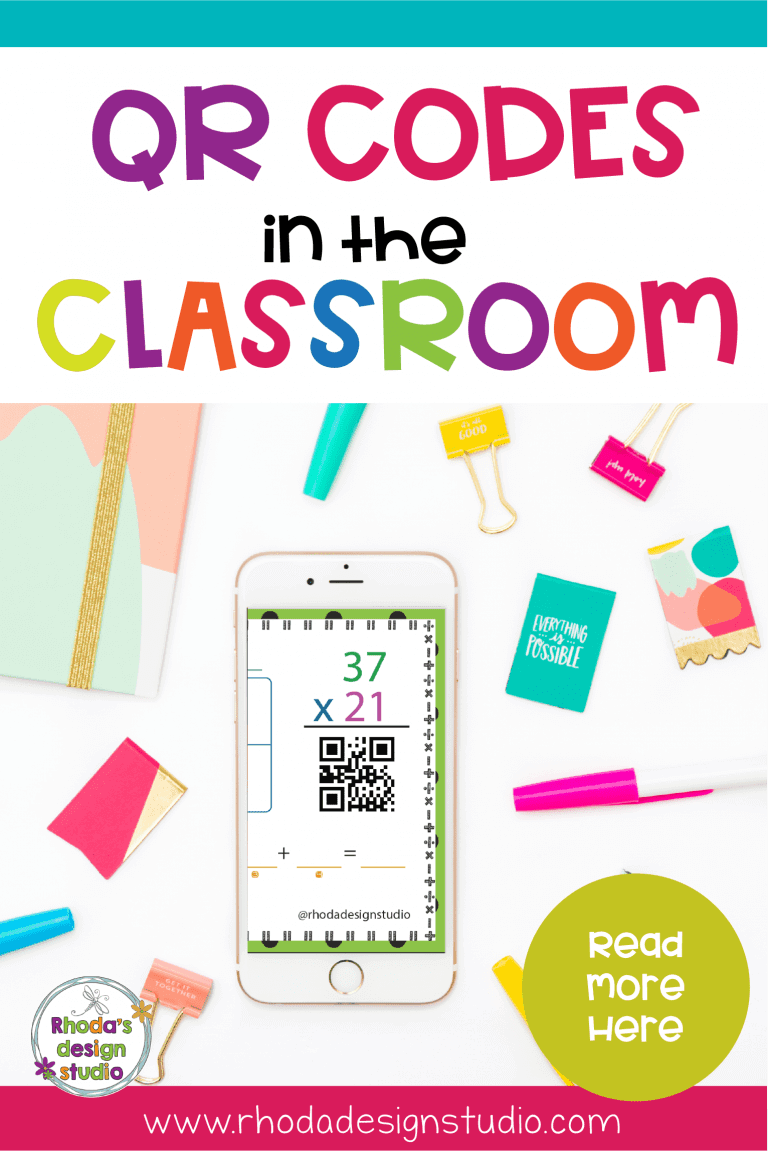
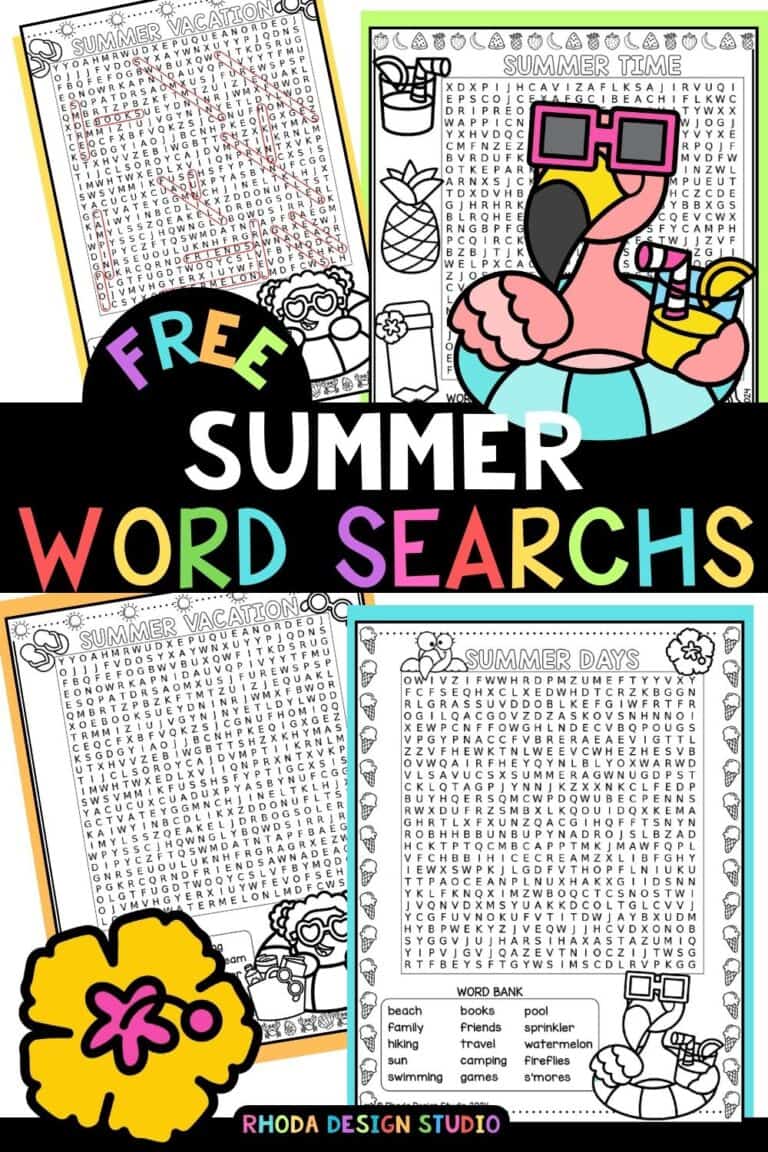
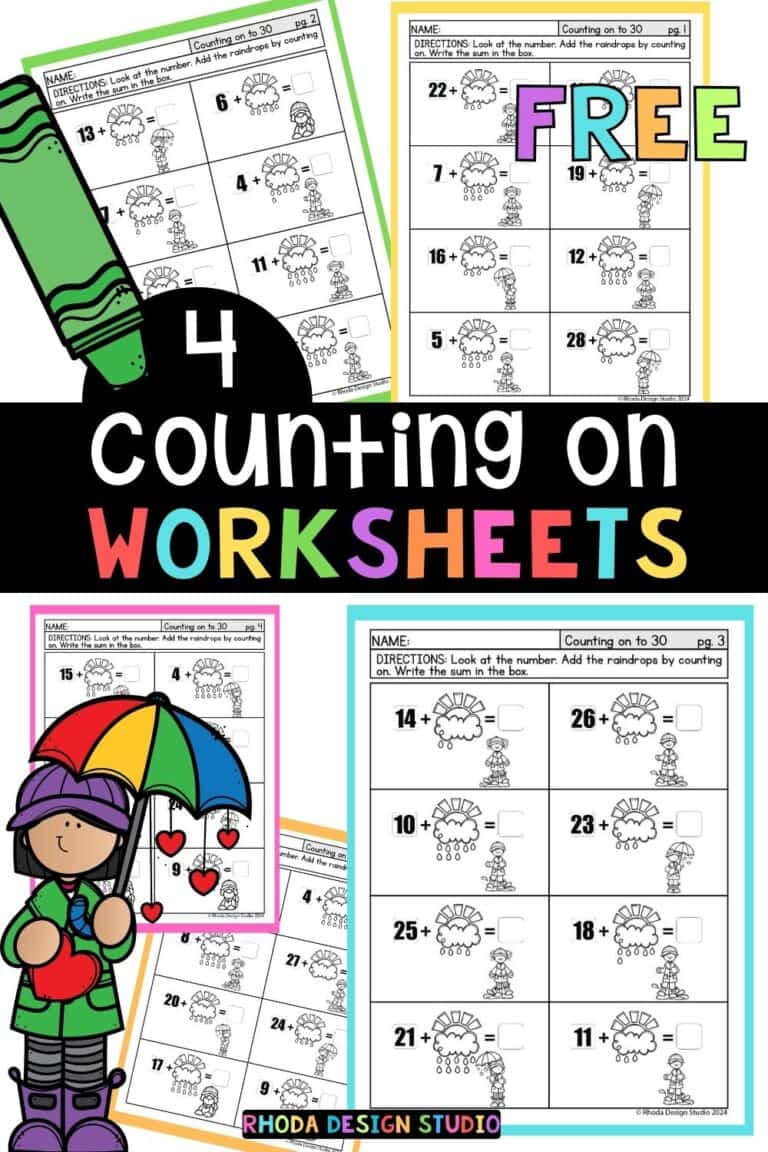
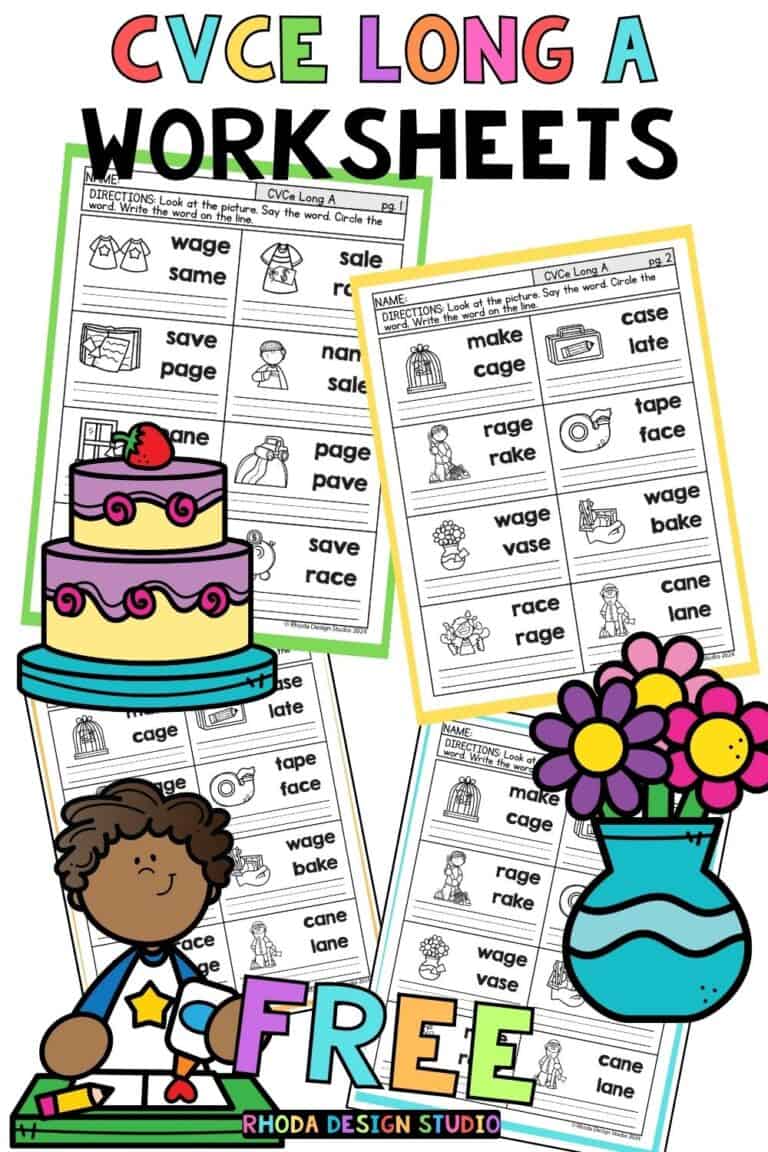
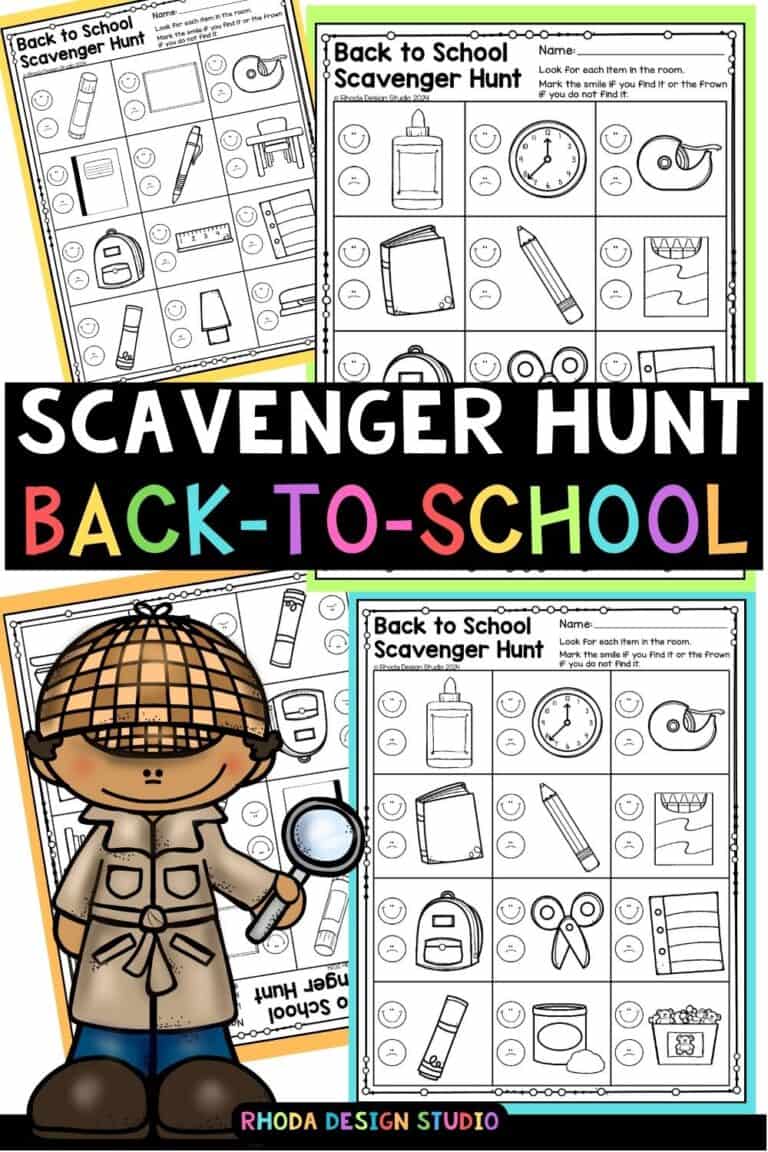
I love the variety that I see in your posts. There is something for everyone.
Thank you for sharing parts of your self and the time you spend creating these beautiful and fun items.